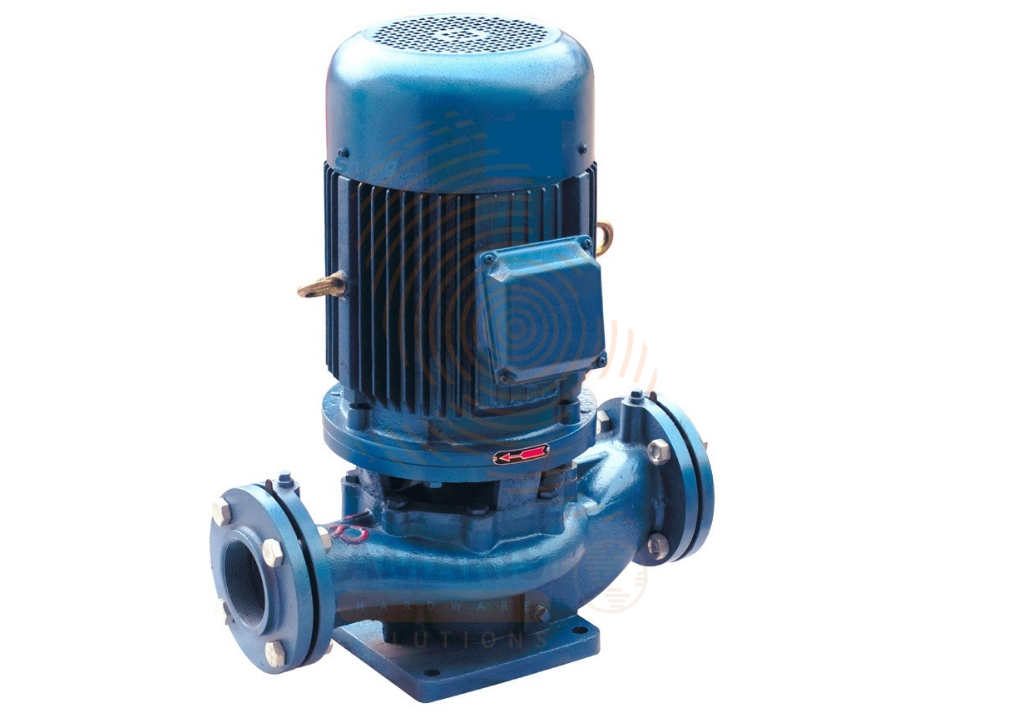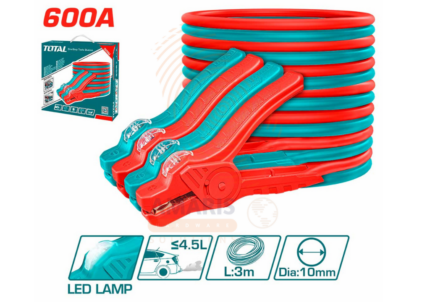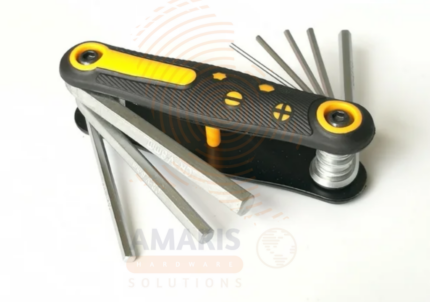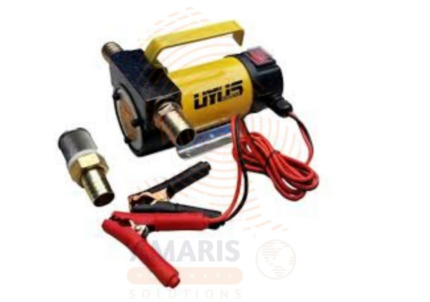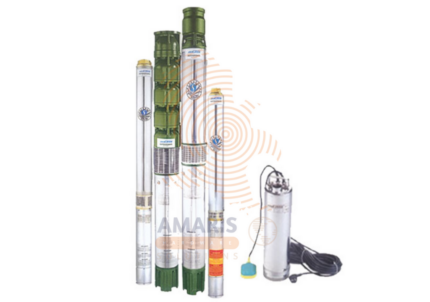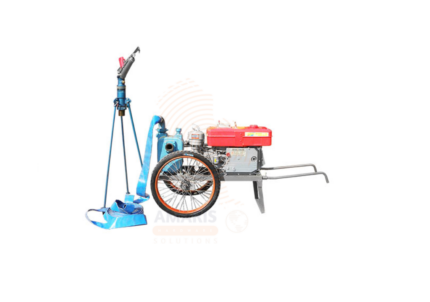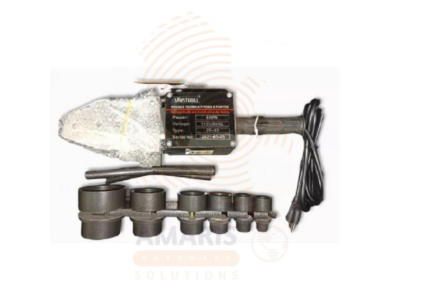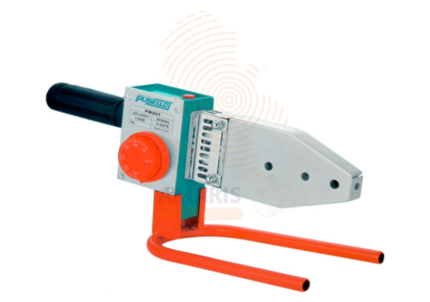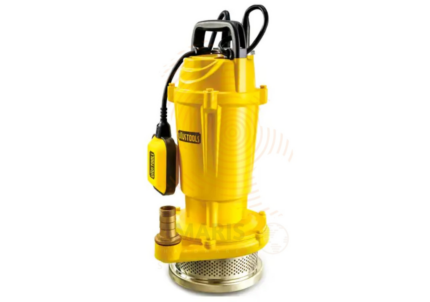Booster Pump
WhatsApp Order
A booster pump is a mechanical device designed to increase the pressure of fluids, typically water, in plumbing and irrigation systems. It ensures adequate water pressure for residential, commercial, and industrial applications where existing pressure is insufficient. Booster pumps help maintain consistent flow rates and enhance system performance by compensating for pressure drops caused by elevation, friction, or demand fluctuations. They are essential in water supply systems, HVAC, and various manufacturing processes.
Description
Table of Contents
ToggleBooster Pump
Uses
-
Increase water pressure in residential and commercial plumbing systems to ensure consistent flow.
-
Support irrigation systems by boosting pressure for even water distribution in agricultural fields and gardens.
-
Enhance HVAC system performance by maintaining adequate water pressure in heating and cooling circuits.
-
Facilitate water transfer in industrial processes requiring stable and increased pressure.
-
Compensate for pressure drops in long pipelines or high elevation water supply systems.
-
Assist in firefighting systems by providing reliable water pressure to sprinkler systems and hoses.
-
Maintain pressure in water tanks and reservoirs for steady supply.
-
Improve performance of water filtration and treatment systems by ensuring proper flow rates.
-
Support booster sets in municipal water distribution networks for consistent pressure across zones.
SAFETY HANDLING PRECAUTIONS
Safety Precautions
-
Wear Protective Equipment:
-
Use gloves to avoid injury from pump components.
-
Wear safety goggles to protect eyes from splashes or debris.
-
-
Ensure Proper Electrical Safety:
-
Confirm the pump is correctly grounded.
-
Disconnect power supply before maintenance or repairs.
-
-
Check for Leaks:
-
Inspect hoses and connections regularly to prevent water damage and electrical hazards.
-
-
Avoid Running Dry:
-
Always ensure the pump has adequate fluid to prevent overheating and damage.
-
-
Secure Installation:
-
Mount the pump firmly on a stable surface to prevent vibrations and movement.
-
-
Follow Manufacturer Guidelines:
-
Adhere to recommended operating pressures and flow rates.
-
Use the pump within specified temperature and environmental conditions.
-
-
Regular Maintenance:
-
Clean filters and check impellers periodically to maintain efficiency and prevent malfunctions.
-
-
Keep Area Clear:
-
Maintain a safe, clutter-free workspace around the pump to avoid accidents.
-
Related products
Electric Oil Well Pump
An electric oil well pump refers to a type of artificial lift system used in the petroleum industry to extract crude oil from underground reservoirs. This pump is powered by electricity and is typically installed in oil wells to enhance the flow of oil to the surface. The electric oil well pump operates by converting electrical energy into mechanical energy, which is then used to lift the oil from the wellbore to the surface for further processing and transportation. This technology is crucial for maximizing oil production and maintaining the overall efficiency of oil extraction operations.
Electric Submersible Pump
An electric submersible pump (ESP) is a pump designed to operate while fully submerged in water or other fluids. It uses an electric motor sealed within a watertight casing to push fluid to the surface, making it ideal for draining, irrigation, sewage treatment, and various industrial applications. ESPs are valued for their efficiency, reliability, and ability to handle deep water extraction, providing a steady flow even from significant depths.
Irrigation Pump Set
An Irrigation Pump Set is a complete system designed to move water efficiently from a source—such as a river, well, pond, or tank—to agricultural fields for crop irrigation. It typically consists of a water pump (centrifugal or submersible), an engine or motor (electric or fuel-powered), piping connections, filters, and sometimes a control panel or automation features. These pump sets are vital in agricultural operations, ensuring consistent and controlled water distribution to crops. They are used across small-scale farms to large commercial operations and are compatible with various irrigation methods like drip, sprinkler, or flood systems. Irrigation pump sets are built for durability, high flow rates, and long operational hours in tough outdoor conditions.
Pipe Cutter
PRODUCT DESCRIPTION
A pipe cutter is a specialized tool designed for cutting pipes cleanly and accurately. Typically used in plumbing and other pipe-related applications, a pipe cutter consists of a cutting wheel or blade that is rotated around the pipe's circumference, gradually creating a groove. The tool is then tightened or adjusted, and the cutting wheel is rotated again, gradually deepening the groove until the pipe is cleanly severed. Pipe cutters come in various designs, including manual, ratcheting, and powered versions, providing versatility for different pipe materials and sizes.
Plastic Pipe Welding Set
A plastic pipe welding set is a specialized equipment kit designed for joining or fusing plastic pipes through heat and pressure. It typically includes a welding machine, heating element, and various accessories required for the fusion process. The machine heats the ends of the plastic pipes to a molten state, and then they are pressed together to form a strong and durable bond as the material cools and solidifies. This welding process is commonly used in construction, plumbing, and other industries where plastic pipes are utilized for fluid or gas conveyance. The welding set ensures a secure and leak-free connection between plastic pipes, contributing to the overall integrity and reliability of the piping system.
PPR Welding Machine
A PPR welding machine, specifically designed for polypropylene random copolymer (PPR) pipes, is a device used to join these pipes securely and effectively through the application of heat. The machine typically utilizes a combination of heat and pressure to melt the ends of the PPR pipes, allowing them to fuse together and form a strong, durable connection. This process is known as heat fusion or thermo fusion welding.
The PPR welding machine generally consists of a heating element, temperature control mechanisms, and clamping devices to hold the pipes in place during the welding process. It ensures the creation of leak-proof joints, making it a vital tool in plumbing, construction, and other applications where PPR pipes are used for conveying fluids.
Submersible Clean Water Pump
A submersible clean water pump is a specialized electric pump designed to be fully submerged in water, typically for the purpose of transferring or circulating clean water. Unlike surface pumps, these devices are specifically engineered to operate underwater, effectively drawing water from the source and then discharging it to another location. Submersible clean water pumps are commonly used in various applications such as residential water supply, irrigation, drainage, and fountain systems, where the water being handled is free from debris or contaminants. These pumps are sealed to prevent water from entering the internal components, ensuring safe and efficient operation when submerged.
Teflon Thread Sealing Tape
A Teflon thread sealing tape, also known as plumber's tape or PTFE tape (polytetrafluoroethylene tape), is a thin, white, non-sticky tape used to seal threaded pipe joints. It is commonly employed in plumbing and pipefitting applications to create a tight and leak-free seal between threaded connections, such as those found in pipes, fittings, and valves. The tape is wrapped around the threads of the male pipe before it is screwed into the female fitting. Teflon tape provides lubrication for easier assembly while forming a seal that helps prevent leaks and enhances the integrity of the connection. The non-stick properties of Teflon make it resistant to sticking or binding when the joint is later disassembled.


 Acrylic Sealants
Acrylic Sealants Construction Adhesives
Construction Adhesives Double-Sided Tape
Double-Sided Tape Duct Tape
Duct Tape Electrical Tape
Electrical Tape Epoxy & Resins
Epoxy & Resins Masking Tape
Masking Tape
 Automotive Wrenches & Socket Sets
Automotive Wrenches & Socket Sets Battery Chargers & Jump Starters
Battery Chargers & Jump Starters Car Jacks & Stands
Car Jacks & Stands Car Wash & Detailing Products
Car Wash & Detailing Products Diagnostic Tools
Diagnostic Tools Tire Inflators
Tire Inflators Vehicle Lighting
Vehicle Lighting Oil & Lubricants
Oil & Lubricants
 Adhesives & Sealants
Adhesives & Sealants Bricks & Blocks
Bricks & Blocks Cement & Concrete
Cement & Concrete Drywall & Plaster
Drywall & Plaster Flooring (Tiles, Wood, Laminate)
Flooring (Tiles, Wood, Laminate) Lumber & Plywood
Lumber & Plywood Paints, Primers & Coatings
Paints, Primers & Coatings Insulation Materials
Insulation Materials Roofing Materials
Roofing Materials
 Circuit Breakers
Circuit Breakers Electrical Cables & Wires
Electrical Cables & Wires Switches & Sockets
Switches & Sockets Fuses & Relays
Fuses & Relays Connectors & Terminals
Connectors & Terminals Electrical Boxes & Panels
Electrical Boxes & Panels Conduit & Fittings
Conduit & Fittings Lighting Fixtures & Bulbs
Lighting Fixtures & Bulbs Extension Cords & Power Strips
Extension Cords & Power Strips
 Anchors
Anchors Bolts
Bolts Clips & Clamps
Clips & Clamps Screws
Screws Nuts
Nuts Washers
Washers Rivets
Rivets Nails
Nails Threaded Rods
Threaded Rods
 Hammers
Hammers Measuring Tools (Tapes, Levels, Calipers)
Measuring Tools (Tapes, Levels, Calipers) Screwdrivers
Screwdrivers Pliers & Cutters
Pliers & Cutters Saws & Blades
Saws & Blades Chisels & Punches
Chisels & Punches Allen Keys & Hex Keys
Allen Keys & Hex Keys Ratchets & Socket Sets
Ratchets & Socket Sets Wrenches & Spanners
Wrenches & Spanners
 Power Tool Accessories (Blades, Bits, Discs)
Power Tool Accessories (Blades, Bits, Discs) Rotary Tools
Rotary Tools Saws (Circular, Jigsaw, Reciprocating)
Saws (Circular, Jigsaw, Reciprocating) Drills & Drivers
Drills & Drivers Grinders & Sanders
Grinders & Sanders Heat Guns
Heat Guns Nail Guns
Nail Guns Impact Wrenches
Impact Wrenches Batteries & Chargers
Batteries & Chargers
 Pipes & Fittings (PVC, Copper, PEX)
Pipes & Fittings (PVC, Copper, PEX) Plumbing Tools
Plumbing Tools Pumps & Motors
Pumps & Motors Sealants & Adhesives for Plumbing
Sealants & Adhesives for Plumbing Valves & Taps
Valves & Taps Water Heaters
Water Heaters Drainage Systems
Drainage Systems Faucets & Fixtures
Faucets & Fixtures Hoses & Tubing
Hoses & Tubing
 Hinges & Latches
Hinges & Latches Hooks & Brackets
Hooks & Brackets Window Hardware
Window Hardware Chains & Cables
Chains & Cables Casters & Wheels
Casters & Wheels Shelving & Storage Systems
Shelving & Storage Systems Door Handles & Locks
Door Handles & Locks Drawer Slides & Cabinet Hardware
Drawer Slides & Cabinet Hardware
 Personal Protective Equipment (PPE)
Personal Protective Equipment (PPE) Respirators & Masks
Respirators & Masks Safety Glasses
Safety Glasses Safes
Safes Security Cameras
Security Cameras Gloves
Gloves Helmets
Helmets Ear Protection
Ear Protection Fire Safety Equipment
Fire Safety Equipment Locks & Padlocks
Locks & Padlocks Motion Sensors & Alarms
Motion Sensors & Alarms
 Garden Fencing
Garden Fencing Garden Furniture Hardware
Garden Furniture Hardware Lawn Mowers
Lawn Mowers Trimmers & Edgers
Trimmers & Edgers Shovels & Spades
Shovels & Spades Rakes & Hoes
Rakes & Hoes Pruning Shears & Loppers
Pruning Shears & Loppers Watering Systems (Hoses, Sprinklers, Nozzles)
Watering Systems (Hoses, Sprinklers, Nozzles)
 Interior Paints
Interior Paints Paint Brushes & Rollers
Paint Brushes & Rollers Paint Strippers & Thinners
Paint Strippers & Thinners Paint Trays & Accessories
Paint Trays & Accessories Exterior Paints
Exterior Paints Spray Paints
Spray Paints Primers & Undercoats
Primers & Undercoats Varnishes & Stains
Varnishes & Stains
 Gaskets & Seals
Gaskets & Seals Hydraulic Fittings
Hydraulic Fittings Industrial Fasteners
Industrial Fasteners Industrial Hoses
Industrial Hoses Lubricants & Greases
Lubricants & Greases Metal Sheets & Bars
Metal Sheets & Bars Bearings & Bushings
Bearings & Bushings Belts & Pulleys
Belts & Pulleys
 HVAC Filters
HVAC Filters Insulation for HVAC
Insulation for HVAC Air Conditioners
Air Conditioners Refrigerants
Refrigerants Ventilation Ducts & Fittings
Ventilation Ducts & Fittings Thermostats & Controllers
Thermostats & Controllers Fans & Blowers
Fans & Blowers
 Pegboards & Hooks
Pegboards & Hooks Shelving Units
Shelving Units Storage Bins & Containers
Storage Bins & Containers Toolboxes & Tool Chests
Toolboxes & Tool Chests Workbenches
Workbenches Drawer Organizers
Drawer Organizers Labeling Supplies
Labeling Supplies
 Welding Accessories (Clamps, Brushes)
Welding Accessories (Clamps, Brushes) Welding Electrodes & Rods
Welding Electrodes & Rods Welding Helmets & Gloves
Welding Helmets & Gloves Welding Machines
Welding Machines Soldering Irons & Stations
Soldering Irons & Stations Flux & Solder Wire
Flux & Solder Wire
 Generator Accessories
Generator Accessories Inverters
Inverters Portable Generators
Portable Generators Power Inverters
Power Inverters Transfer Switches
Transfer Switches Diesel & Gasoline Generators
Diesel & Gasoline Generators
 Transport Equipment: Carts, Dollies, and Hand Trucks
Transport Equipment: Carts, Dollies, and Hand Trucks Storage Solutions: Pallets, Racks, and Containers
Storage Solutions: Pallets, Racks, and Containers Lifting Equipment: Hoists, Cranes, and Jacks
Lifting Equipment: Hoists, Cranes, and Jacks Conveyors and Accessories: Belts and Rollers
Conveyors and Accessories: Belts and Rollers